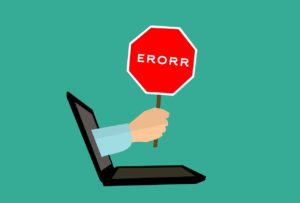Understanding Accidents: Looking to Safety Science for Investigating Healthcare Missteps
In an article in the International Journal for Quality in Health Care published on 18 March, PCHSS investigator Professor Jeffrey Braithwaite and colleagues Professor Siri Wiig and Dr Robyn Clay-Williams describe how healthcare would do well to look to safety science to expand its capabilities for understanding accidents. “It’s time to step it up. Why safety investigations in healthcare should look more to safety science” identifies limitations in the way that mishaps are typically understood within healthcare and encourages the integration of insights from safety science to “provide new lenses to investigatory bodies.”

The authors note that accident investigations in healthcare often apply “root cause analysis” in seeking what led to an issue. However, this can lead to an overly narrow focus on the “first identified causal factor” instead of a holistic consideration of “the sociotechnical system where the event happened.” The authors point out that such investigations tend to be too focused on linear conceptualisations of how accidents arise and on individuals (and fixing individuals), rather than examining workplaces, workflows, and changes that need to be made to the system overall.
Considering these shortcomings, the authors identify several schools of thought from safety science that have the potential for improving healthcare’s ways of understanding and responding to accidents (such as “Man-Made Disaster theory”, “Normal accident theory”, “High reliability theory”, and “Resilience engineering”). The authors point to relevant questions from such ideas and theories that, when applied to healthcare, could serve to counter faulty assumptions and provide a richer view of how and why accidents occur.
The authors emphasise that these theories from safety science should augment, not replace, current practices:
To develop a more broad understanding of factors associated with accidents, we suggest … how healthcare investigators could reflect and integrate safety science ideas and theories in their investigatory practice. This doesn’t mean jettisoning current investigation practices, but involves raising new questions, questioning initial approaches and underlying assumptions, and looking more towards system level factors and interaction across system interfaces.
The authors note that there is no “single recipe for success” but that experimentation and embracing a plurality of perspectives can enhance current practice and help fill existing gaps. They conclude that there is “untapped improvement potential” and that the under-used field of safety science holds significant promise for creating health systems that are better able to respond to and avoid accidents.

